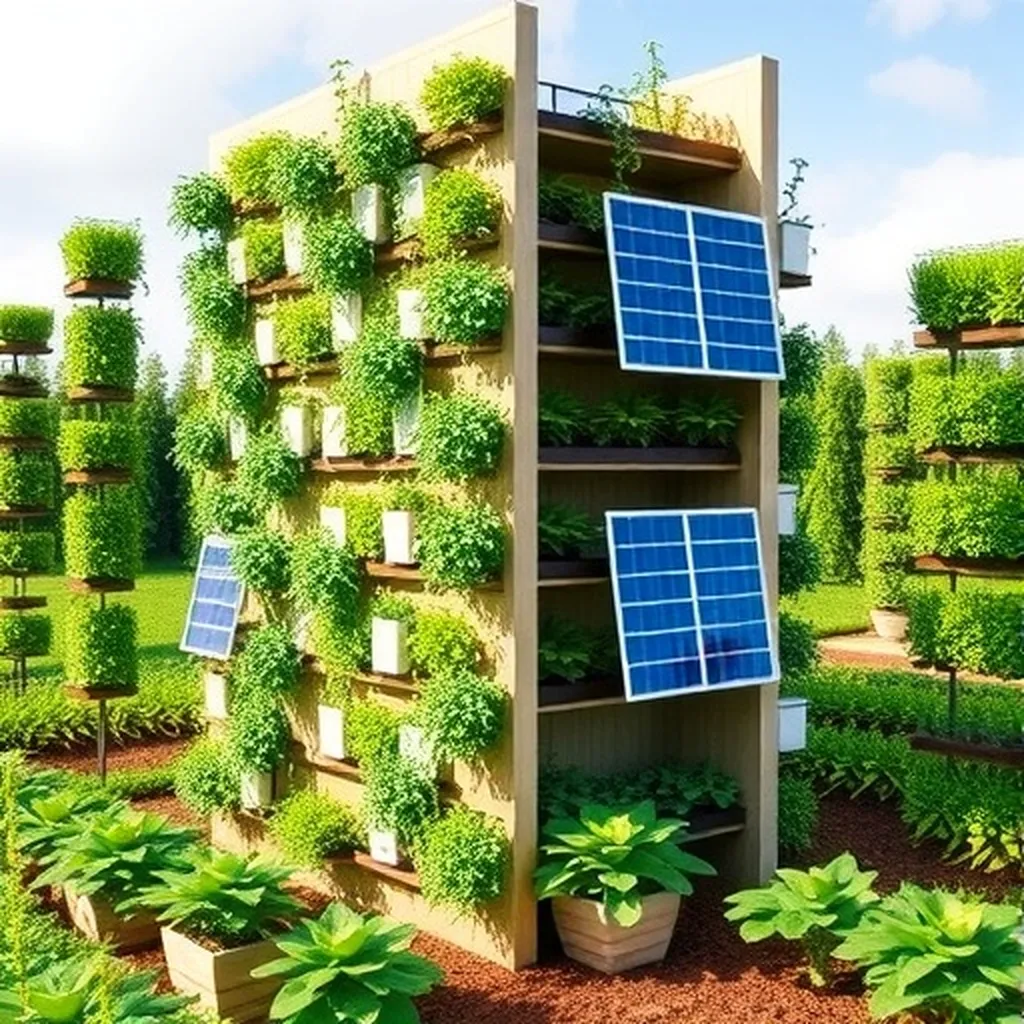In the heart of Denmark, a pioneering study is reshaping our understanding of how solar energy and agriculture can coexist, offering a promising strategy for sustainable land use in temperate climates. Led by Marta Victoria from Aarhus University and the Technical University of Denmark, the research explores the potential of vertical agrivoltaic systems, where solar panels and crops share the same space, creating a symbiotic relationship that benefits both.
The study, published in the journal *Energy Nexus* (translated to English as “Energy Nexus”), focuses on an 89-kW pilot system featuring vertically mounted, south-oriented, bifacial solar panels. Over the course of a year, the team measured various factors, including microclimate conditions, electricity production, and the yield of wheat and grass-clover mixtures grown between the rows of solar panels.
One of the most compelling findings is that both vertical and tilted agrivoltaic systems result in a positive land equivalent ratio. This means that for the same output, these systems use less land area than would be required if the crops and solar panels were on separate lands. “This is a significant breakthrough,” Victoria explains. “It shows that we can optimize land use, which is crucial for sustainable development.”
The vertical solar panels also acted as wind shelters, providing an additional benefit to the crops. Moreover, the daily profile of electricity generation from these vertical panels aligns better with electricity demand, offering a more efficient energy supply.
The study also delves into the social acceptance of vertical agrivoltaic systems. The findings reveal that these systems are perceived more positively than conventional solar panels. “Social acceptance is a critical factor for the widespread adoption of any technology,” Victoria notes. “Our results indicate that vertical agrivoltaics could be more readily accepted by communities, paving the way for broader implementation.”
The implications for the energy sector are substantial. As the world seeks to transition to renewable energy sources, the integration of solar energy and agriculture presents a viable solution that maximizes land use efficiency. This research could shape future developments in the field, encouraging the adoption of vertical agrivoltaic systems in temperate climates and beyond.
By offering a strategy for sustainable integration, this study not only advances our understanding of agrivoltaics but also highlights the potential for innovative solutions that benefit both the energy sector and agricultural communities. As the world continues to grapple with the challenges of climate change and sustainable development, such research is more crucial than ever.

